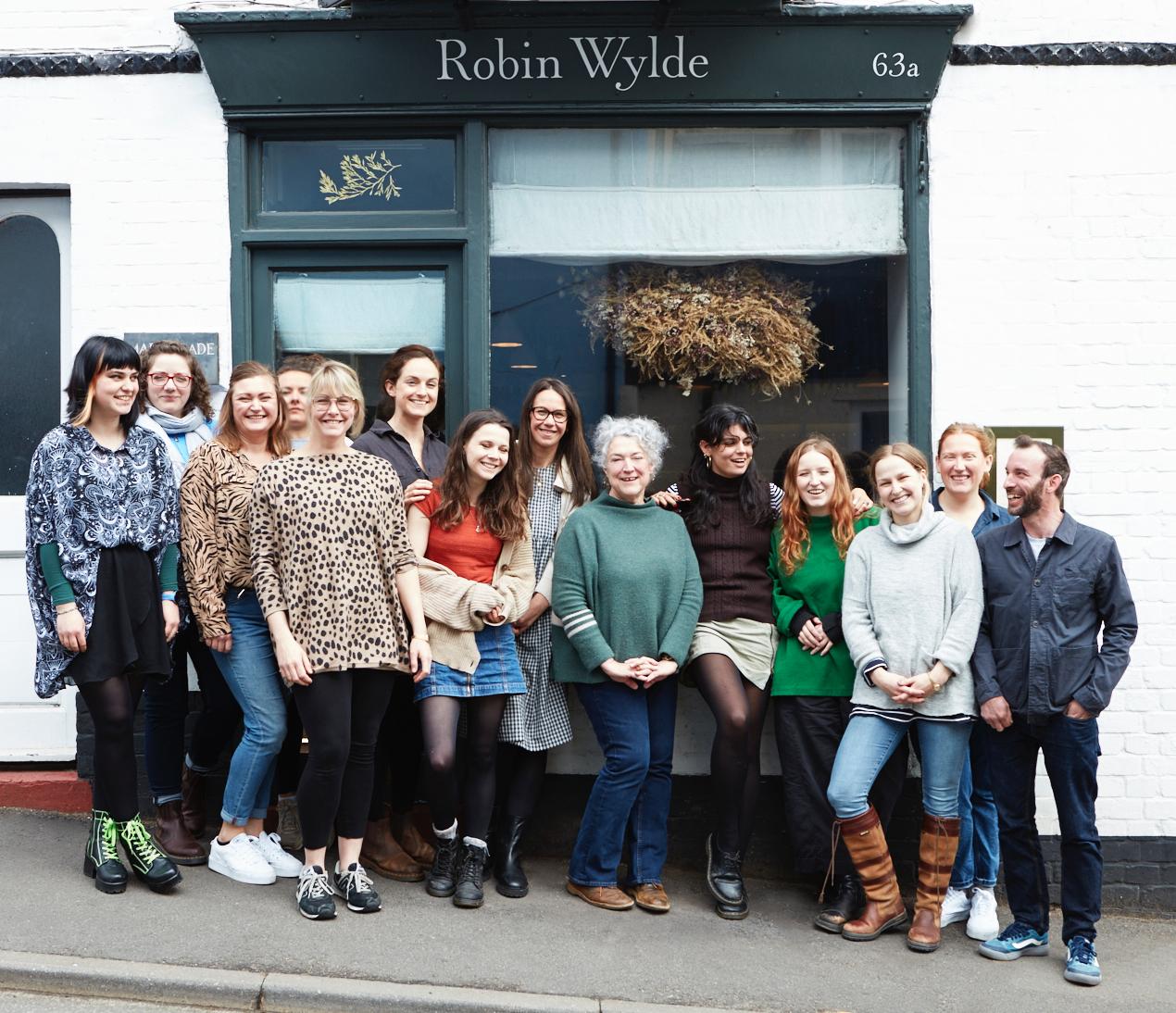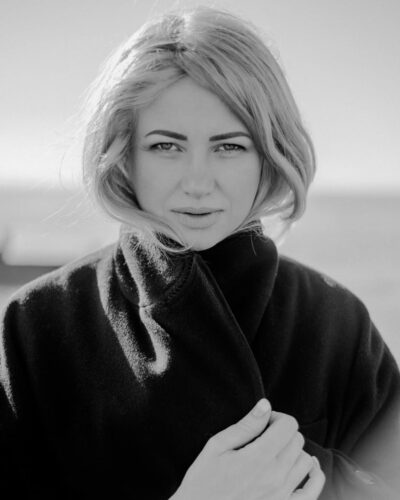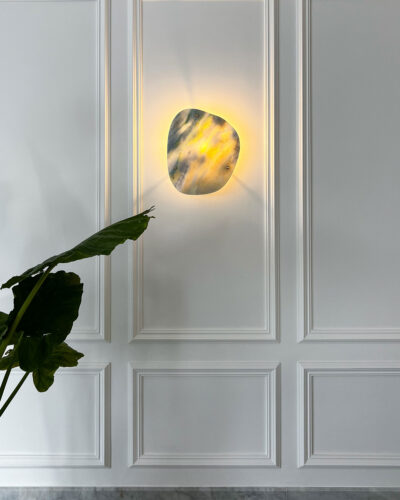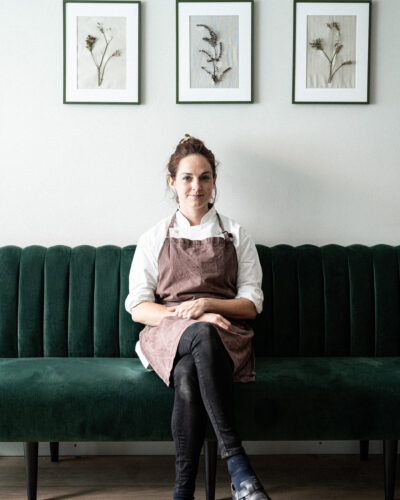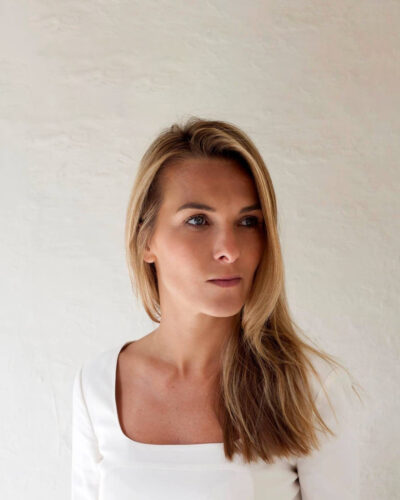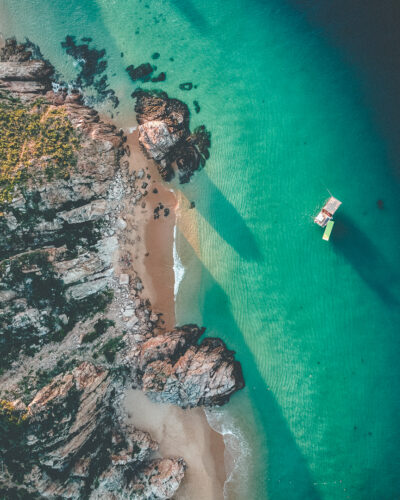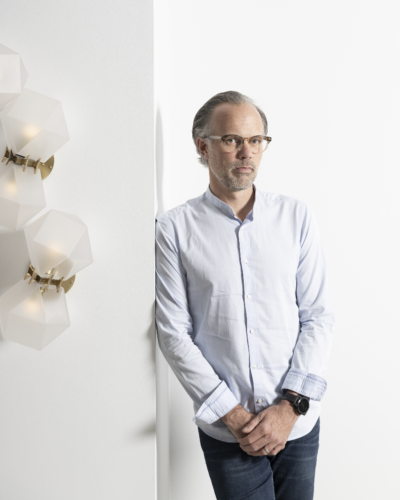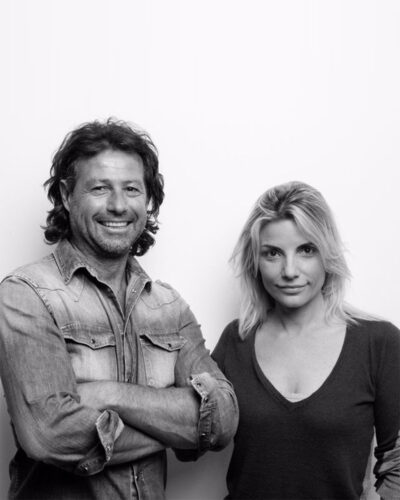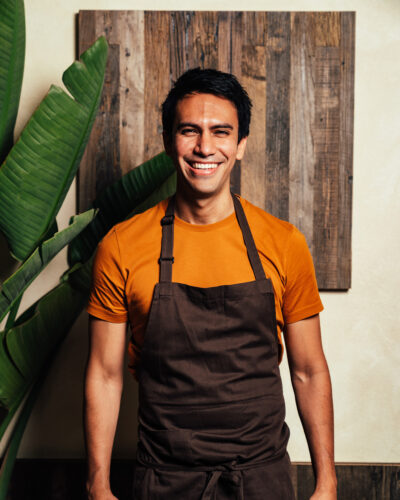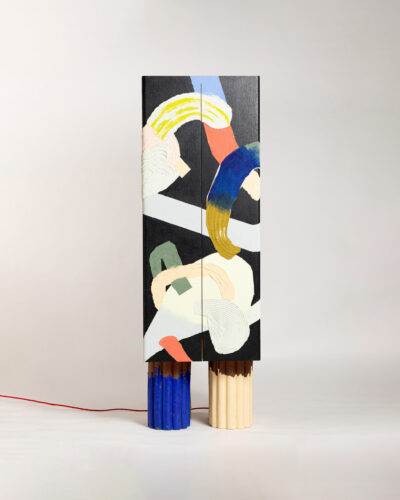This website uses cookies so that we can provide you with the best user experience possible. Cookie information is stored in your browser and performs functions such as recognising you when you return to our website and helping our team to understand which sections of the website you find most interesting and useful.
“I was 12 or 13 when I first announced that I wanted to own a restaurant when I was older. I loved the idea of having a place where I was hosting, somewhere that everybody came to… I didn’t know what that would look like, but I had this lovely, somewhat romanticised, idea of what that would be like,” notes Harriet Mansell, Chef Patron of Robin Wylde, a contemporary British restaurant based in Lyme Regis, on the south-west coast of England.
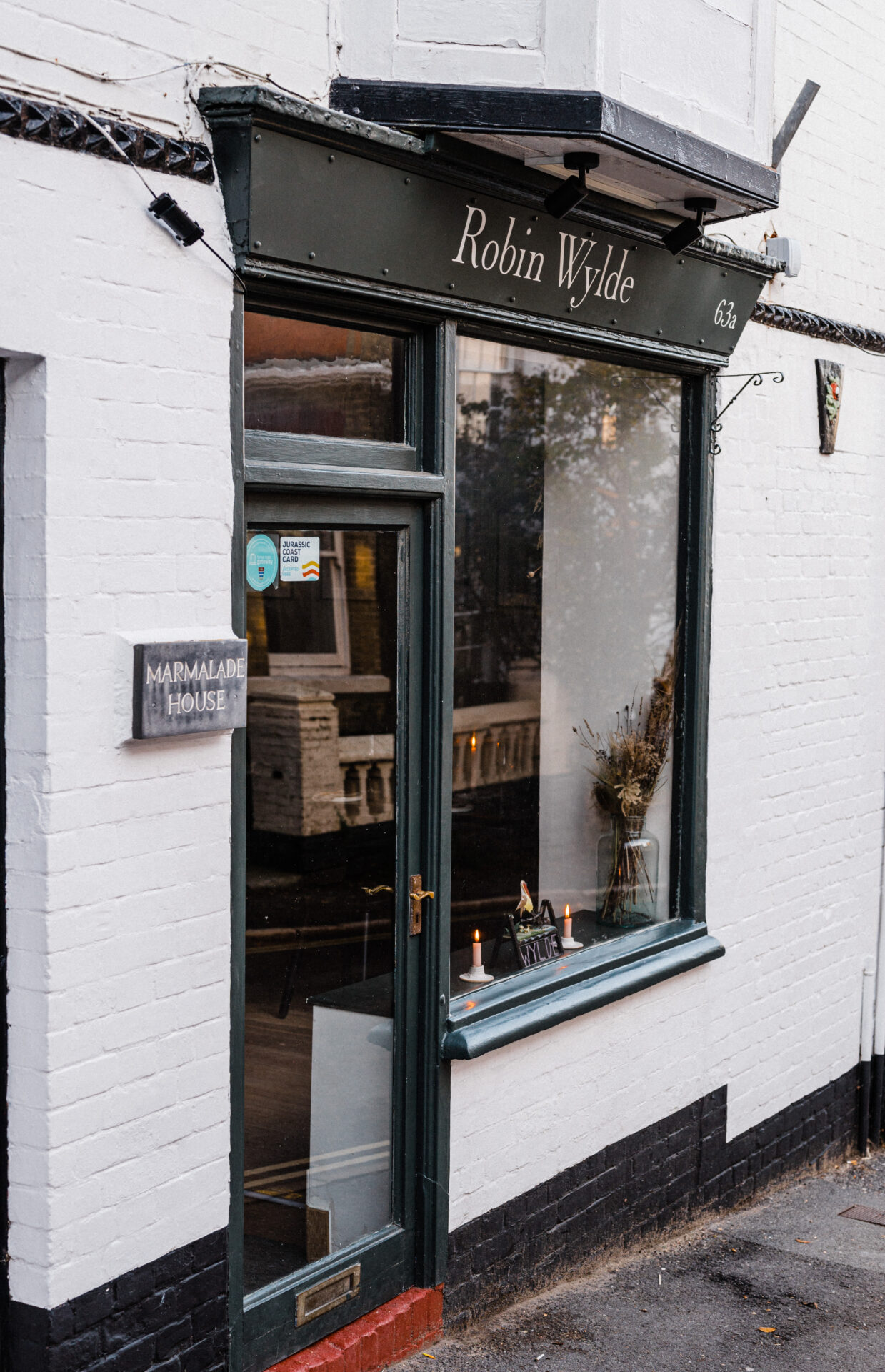
Not only is Robin Wylde located in Lyme Regis, it is whole-heartedly dedicated to it, using only what the local land can produce: “We don’t shout from the rooftops that we forage everything, but we really do … I have a fascination for plants and for the wild – that’s why I went to NOMA because I wanted to learn about cooking with wild ingredients. I really come alive when I’m collecting plants out in nature.”
Picked on a daily basis, these wild ingredients are at the heart of the restaurant’s mission – to offer, “a little snapshot of a time and a place.” Roots, herbs and flowers are scattered throughout the menu, bringing tang, heat, freshness and fragrance. A Portland princess oyster is brought to life with ‘beach mustard’ – a type of black mustard seed that grows in abundance on the Dorset coastline, and which offers a wasabi-like heat to the oyster’s minerality. Dandelion root is ground into a tissue-thin biscuit, accompanied by other English garden staples: rhubarb, apple and cucumber. Salt bush, a coastal plant thus named for its extreme salinity, replaces the salt in one of Mansell’s courses, as the bread at Robin Wylde is served with raw, unseasoned mackerel and a scattering of salt bush leaves, some of which are raw and some of which have been crisped in a pan.
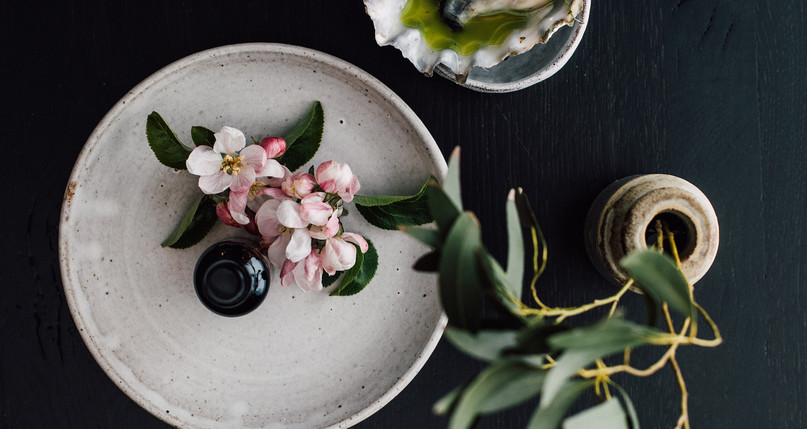
“We taste everything constantly – that’s what chefs do – but it feels very exciting when you’re working with all these wild flavours”
“There’s so much that we know and so much that we don’t, and so we’re learning constantly and cataloguing what grows where throughout the year. There are so many subtle shifts throughout the seasons, even day-to-day, so we have really tuned into the way that things change and evolve in flavour … People often comment that our flavours are very distinct, and that’s what we try to work on – not blurring things together, but trying to capture the essence of the individual plant – putting that on the plate so that people can really experience that flavour.” Mansell’s dedication to the local and the seasonal has resulted in a finely-tuned knowledge of the local area. Detecting even the slightest change in texture or taste, Mansell returns to the kitchen with the day’s crop where she will adjust the dishes accordingly – her menu in constant negotiation with the natural world…
“We accept that something that we use today might not be here tomorrow, and that’s lovely”
“There are a lot of bitter flavours in the wild because they haven’t had the bitterness cultivated out of them. It’s such a fun thing to work with because you can choose to soften that, or you showcase the bitterness by balancing the other things on the plate.” Finding the right place for each ingredient – creating balance and intrigue and beauty on the plate – Mansell relies on the wellspring of knowledge that she developed before opening her own restaurant.

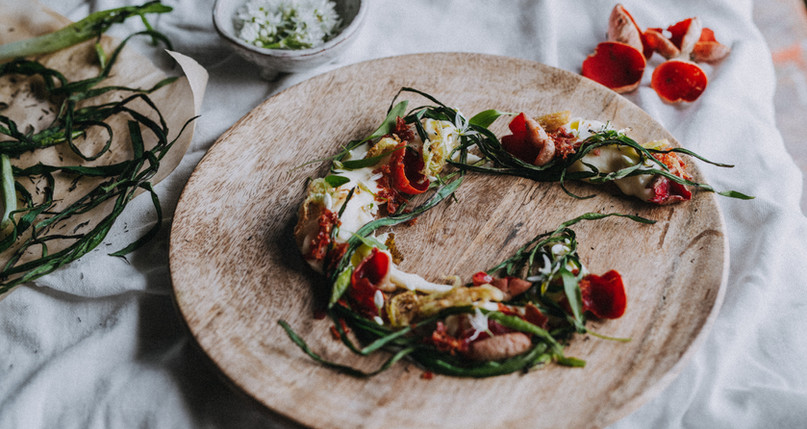
Working first under Mark Hix, Mansell then trained at the Tante Marie cookery school before completing stages [chef apprenticeships] at NOMA in Copenhagen and Dinner by Heston in London. “I understand the discipline that’s required in [these big, Michelin-starred kitchens], but a lot of my education was provided to me by myself.” Having first learned her trade in education and in the industry, Mansell worked independently for many years, taking positions on yachts and superyachts, where she, “constantly tried to innovate within the little galley setting … Travelling around the world you are exposed to so many different ingredients that you’re able to work with, constantly recreating flavours and learning new skills.
For me, [cheffing on yachts] was a big education, which was entirely self-taught.”
“I work quite intuitively with the world around me, bringing that to the table”
Returning home to open her own restaurant, Mansell was aware of the commitment involved in signing a lease; having travelled the world, living a somewhat nomadic life, she would be anchored to one place – to her childhood home on England’s Jurassic Coast. Whilst she is no longer at sea, the ocean is still a large presence in her life – offering an abundance of fresh fish and seafood, as well as seaweed, dulse and other coastal plantlife. Terra firma is also able to provide Mansell with a glut of ever-changing ingredients – flavours that challenge and intrigue, things to shave, pickle and ferment.
“We’re only picking things when they’re in their prime; if something’s growing abundantly then it’s a really high-energy plant and it will be full of all the right flavours and goodness – it’s the right time and it will taste good in that moment. It’s funny because the same plant might not taste good in a couple of weeks’ time even though it might still look the same. I’ve enjoyed really really tuning in with that, the way that we now work with the plants has become much more intuitive.”
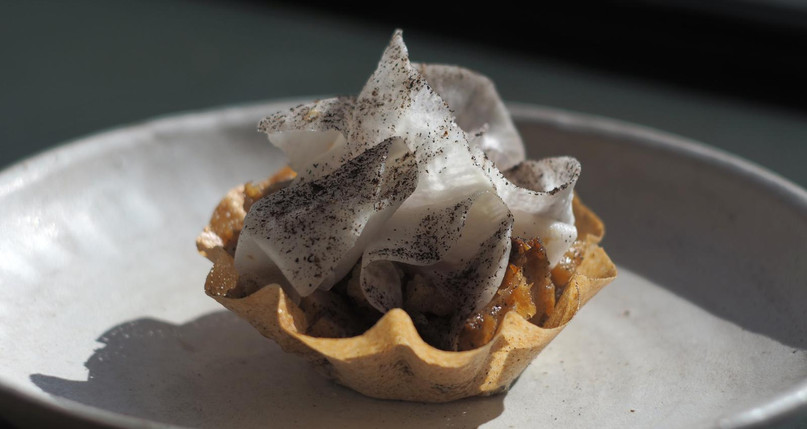
“I go and collect everyday, and I know it’s the right thing for me to be doing because when I find ingredients there’s a moment of joy”
Described in sparse terms, the menu gives no hints – it makes no suggestions. ‘Carrot & Ginger’, ‘Mackerel & Squash’, ‘Scallop & Hazelnut’. The form that these ingredients may take remains a mystery until it is placed before you, revealing itself only as you plunge in with your knife or fork – or spoon… “When you have this spartan approach to writing the menu there’s definitely an element of surprise for the customer, which is fun – it’s a bit playful.”
Mansell describes her plating as ‘natural and intuitive’, and the dishes are composed with the same effortless beauty as a meadow of wild flowers or a tree canopy against the sky. A visual interpretation of the meaning and origin of the food itself, the plating conveys the idiosyncratic character and organic forms of the natural world whilst retaining the rigour and elegance of fine dining. “We try to create a feeling of where we are in this exact moment. It’s an experience – it’s not the kind of food you’re going to eat every day – it’s like a walk through the area … and ultimately, we’re trying to make people think, and to attach them to this little pocket of the world.”
Painted, rather fittingly, in ‘ammonite’ – a dusty pinky-grey shade of white – the dining room offers subtle cues as to what’s in store for the guests. Forest green banquettes line the room, which is pared-back and minimal, save for the explosions of dried flowers that are hung on walls and arranged in corners – and which change throughout the year according to the seasons. The table is laid with unbleached linen napkins, wooden-handled knives and shapely glassware, and lit with a single shell-pink taper candle.
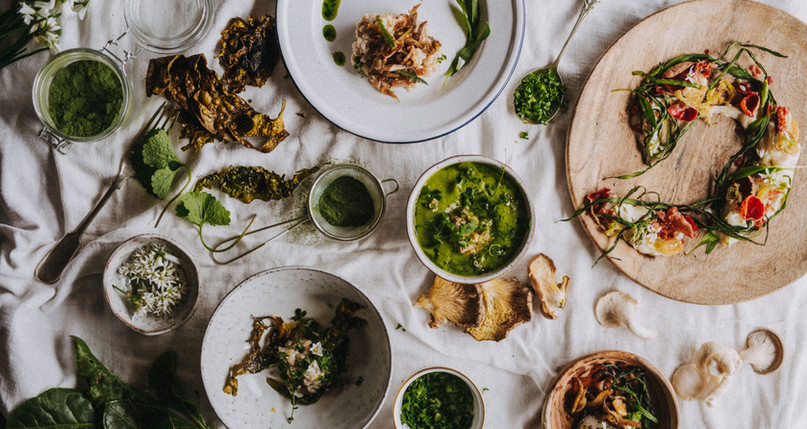
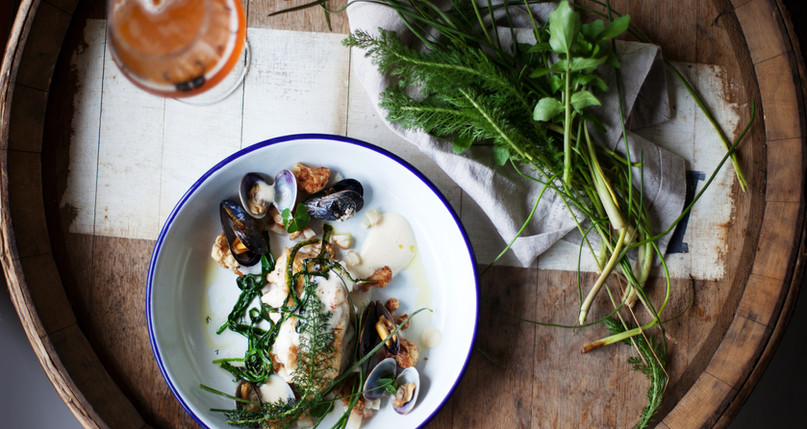
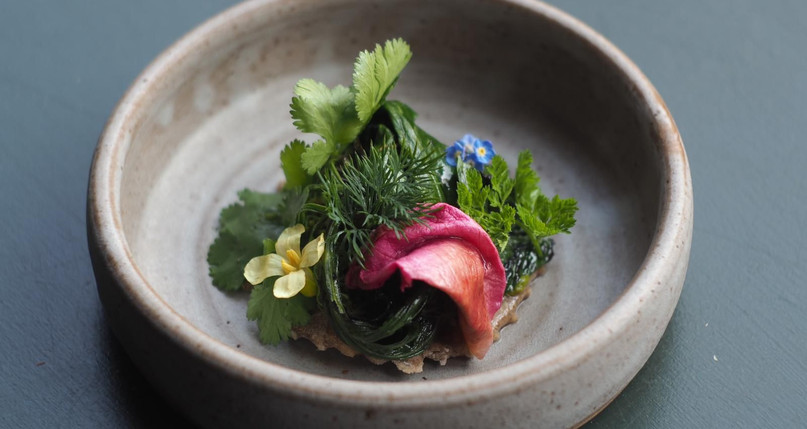
Each element of Robin Wylde is interlinked, brought together in a dynamic interpretation of a certain place and a particular time. “Everything here is more than the sum of its parts. There’s a simplicity to the approach that we take, but we’re confident that when it all comes together that it’s different to what you’ll get elsewhere.”
